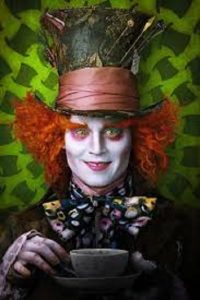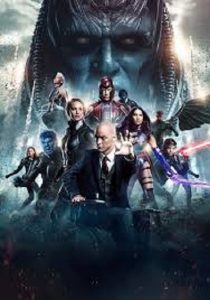First there was Alice in Wonderland (2010, USA). Then, Alice Through the Looking Glass (2016, USA).
The story of Alice in Wonderland is, from a point of view, a search for true happiness.
Alice is promised the hand of marriage to Hamish, who is a lord, but the nineteen-year old can’t make up her mind if she will marry him.
She has the advice of others going through her head. The biggest piece of advice she gets is to be happy. They claim that Hamish will make her happy because he is rich and secure.
But she needs time by herself, to collect her thoughts, and decide for herself if she should marry someone she does not like.
Alice is not sure if marrying him will make her happy, so she endeavors to find an answer that will make her happy.
At their engagement party, Hamish proposes, but Alice runs away, and follows a rabbit down a hole, which leads to ‘Underland’.
Underland’s subjects are also searching for happiness, like Alice is searching for happiness.

Under the rule of the merciless Red Queen, life in Underland is dark, drab and unhappy. The Mad Hatter can’t do his dance anymore.
Alice must save this land and make it happy again and answer the perennial question should I or shouldn’t I marry him?
She will learn how to answer it as she endeavors to save Underland though she is scared and frightened.
Fighting her fears and insecurities, the answer to Hamish’s proposal of marriage—the answer that promises her happiness—should become as plain as day.
And when the answer is as plain as day, you go from the valley of darkness to the world of light.
As a film, Alice in Wonderland is delicious, a visual and storytelling delight.
* * * * (Out of * * * * *)
Warnings—scary scenes
Notes—Starring Mia Wasikowska (Alice), Johnny Depp (Mad Hatter), Helena Bonham Carter (Red Queen). Lewis Carroll’s Alice’s Adventures in Wonderland was an English children’s book published in the mid-1800s. It was subsequently made into several films. The 2010 version was adapted for the screen by Linda Woolverton and directed by Tim Burton


